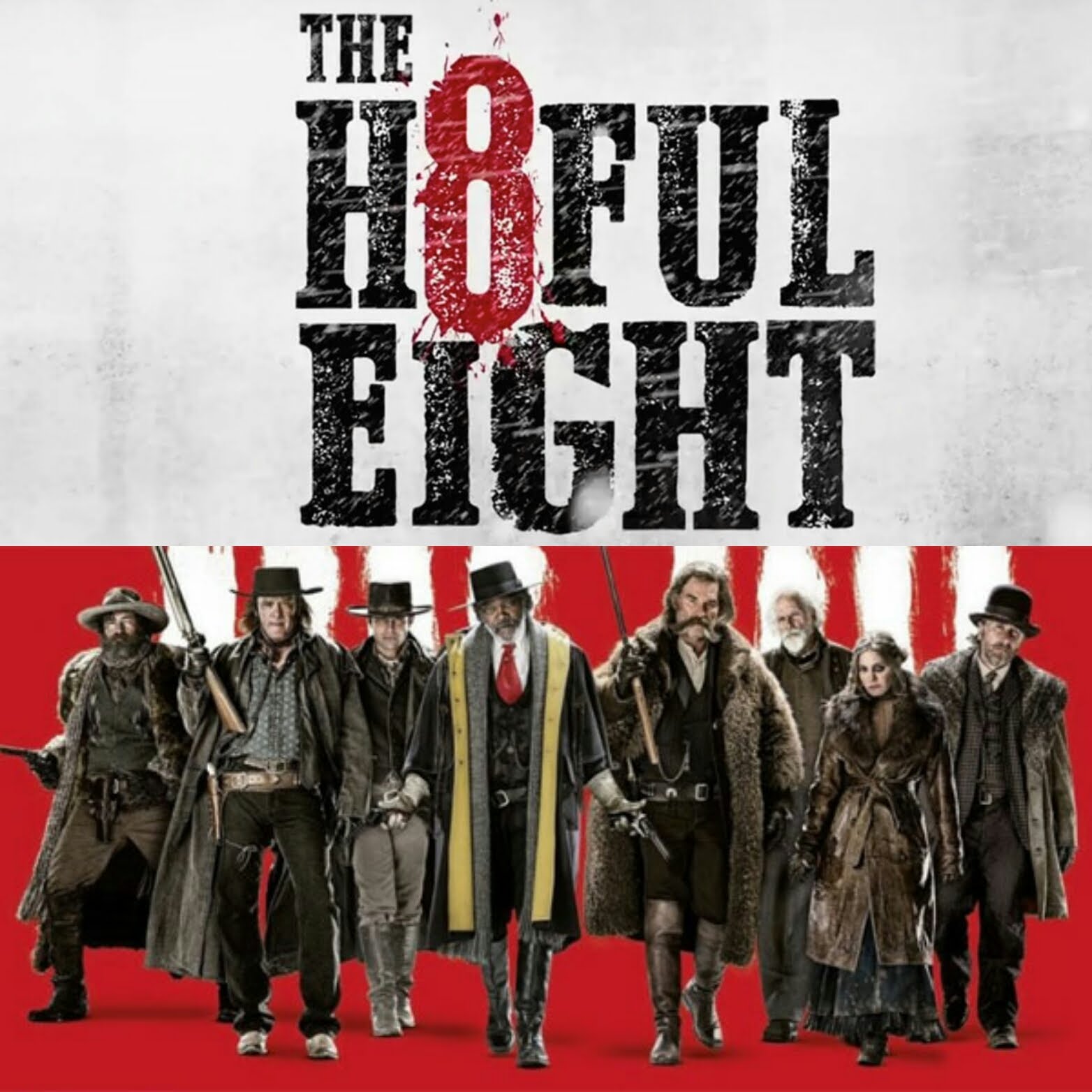When you become as acclaimed as director and writer Quentin Tarantino, maintaining expectations becomes increasingly difficult.
Every time he releases a new movie, the first impulse of critics and fans is to immediately compare it to his other productions. But it’s hard to blame them when a guy has Pulp Fiction, Kill Bill, and Django Unchained under his belt.
Each new film isn’t as much of a fight to win the Oscar or be the best of the year as it is to get a high ranking on people’s Tarantino countdowns.
It seems to be the case with The Hateful Eight, as, despite it making a good amount back, it hasn’t earned as much back critically and financially as his other works (granted it did do as decent as it could against a picture like Star Wars Episode VII). Even if it’s not Tarantino’s best, does it still succeed as an enjoyable movie?
The plot primarily takes place at a stagecoach lodge a couple of years after the Civil War. When a massive snow storm hits the countryside, bounty hunters Marquis Warren and John Ruth stay at the lodge along with Ruth’s prisoner, the fugitive Daisy Domergue, who Ruth is bringing in town to see her hung. They are joined by Chris Mannix, who is travelling to Red Rock to become the town’s new sheriff.
At the lodge, they are greeted by a Mexican named Bob, who is running the place, a hangman named Oswaldo Mobray, a cowboy named Joe Gage, and Confederate general Sanford Smithers.
As time goes on, more is revealed about the backstory of the characters that leads to different physical and emotional confrontations alongside the mystery of the allegiance of these eight guests.
The main aspect that likely devalues the film for a lot of people is the scope.
Aside from the opening stagecoach ride, all of the movie takes place at a lodge. As a result, certain scenes feel longer than they should and the plot overall could drag for some, as aside from a few trips outside, it stays in the same building for 85 percent of the movie, and it’s nearly three hours long.
It’s not like Django where we see multiple aspects of the world the character lives in and take in the luscious environments. It’s essentially as if Tarantino directed a stage play.
Aside from that, everything else is Tarantino goodness.
There are gruesome and bloody gunfights and deaths that are not for the squeamish, but at the same time remind us how fun and over-the-top the director’s work can be.
The stage play setting also allows more time to get a better sense of the characters. Some have interesting stories, some have outgoing personalities, and others have a mysterious aura surrounding them that leaves the audience constantly guessing.
One character in particular has a good amount of development throughout the whole piece, but I can’t talk too much about these people without spoiling a lot.
Adding in some hard-worked scenery, costume design, and an Oscar winning soundtrack certainly doesn’t hurt either.
The acting is also what you’d expect in a Tarantino movie. Even though Samuel L. Jackson’s doesn’t deviate too much from his other work in this, his shifts from calm and collected to boisterous taunting are to be admired, and he had great chemistry with Kurt Russell’s John Ruth.
The real stars of this are Jennifer Jason Leigh as Daisy and Walton Goggins as the Sheriff, as they both go through a gradual change throughout the story. Leigh was interesting in the fact that her character is constantly abused to make Ruth seem more like the criminal until we see what she’s capable of. The rest do a fine job as well but don’t have as fleshed out characters or screen time.
Even if it isn’t Tarantino’s highest achievement in filmmaking, The Hateful Eight is still a great time at the theatres.
It’s essentially Tarantino directing a Western stage play with some very talented actors, and aside from the smaller scope and long run time, there’s not a lot to hate in this one. It still has everything you want in a Tarantino flick, from over-the-top deaths to a cursing Samuel L. Jackson.
I’d recommend giving it a watch as Tarantino’s shown to strive in his work in some pretty tough limitations.
